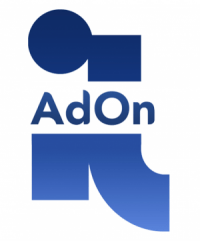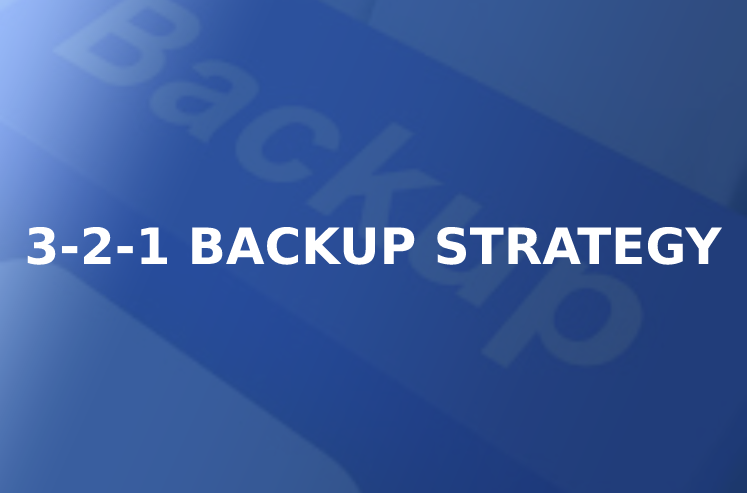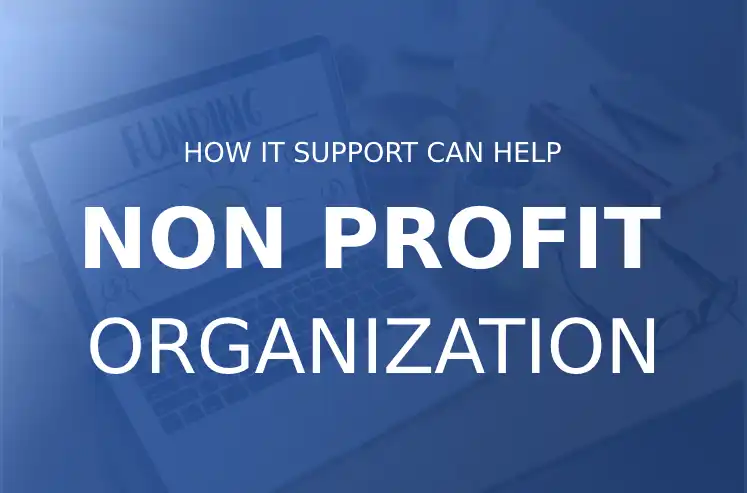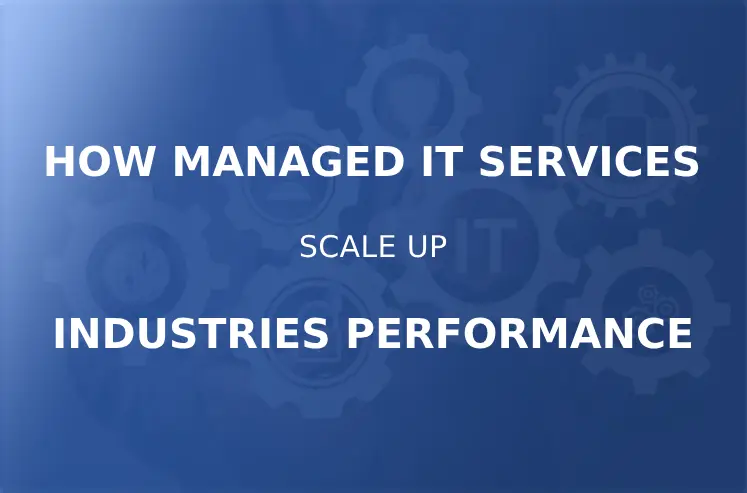What is DevOps?
DevOps. The production approach driving innovation globally is this. The world’s population became ever more dependent on IT devices as the virus decimated the planet. Coupled with the demand, there was a significant need for durable and dependable items. But, it was no longer possible to create error-free goods using old production techniques, thus the businesses adopted DevOps. So just what is DevOps? Another query generally is as follows: How do DevOps tools work?
DevOps, which has paved the way for DevOps best practices and DevOps services, is one of the most creative strategies we’ve lately come across.
It was generally recognized how challenging employing strict approaches like a waterfall to develop software was. The guiding principle behind DevOps is that development and operations teams may work together to get better results without needing to behave like employees on an assembly line.
DevOps team members started to benefit from advantages including speedier development and deployment, easier testing, and continuous integration and continuous delivery (CI/CD) as a result of the team’s cohesiveness. The latter enables project participants to enhance the end result when demands are constantly changing.
Improved communication and collaboration between these teams and other groups are made possible by the DevOps philosophy. Iterative software development, automation, and programmable infrastructure deployment and maintenance are all part of DevOps in their most basic form. The word also suggests collaboration between operational employees and developers in order to accomplish the goals. DevOps may change the way software is delivered, as well as services, job duties, IT tools, and best practices. The resources that have been used become the DevOps concepts, tools, and procedures, which are now connected to the DevOps strategy.
Although DevOps is not a technology, it is typically used in contexts that do. This is what they include:
- scope of an automated DevOps pipeline for continuous integration and delivery (CI/CD), sometimes referred to as continuous deployment.
- Platforms enabling collaboration, real-time monitoring, incident and configuration management, and other DevOps adoption-supporting services and products.
- Together with DevOps methodologies, microservices, containers, and cloud computing are employed.
One of the many techniques used by IT professionals to carry out IT projects that meet business objectives is the DevOps approach. DevOps ideas may coexist with agile, service management frameworks like ITIL, project management principles like Lean and Six Sigma, and other strategies.
How Does DevOps Work?
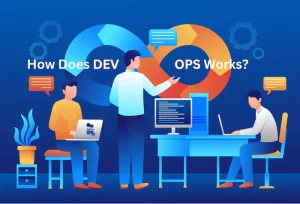
An approach called “DevOps” seeks to increase productivity throughout the whole software development lifecycle (SDLC). Plan, code, test, deploy, monitor, plan again, and enable the cycle to repeat based on feedback. One of the most defining characteristics of DevOps is this infinite loop, which is also known as the CI/CD pipeline.
According to DevOps principles, an IT team should develop software that fully fulfills user needs, deploys rapidly, and functions admirably from the start. Companies integrate technology and culture.
To ensure that the product meets expectations, developers and project managers should work on incremental improvements that go live independently of one another. The CI/CD pipeline will enable the IT teams to see the smooth transitions between code development and deployment with shortened production times.
To guarantee that the software acts consistently from development through testing and into production to deliver excellent code, the DevOps lifecycle uses containers or other strategies. Software should be supported by the developers if it has a long shelf life.
DevOps: Why It Matters?
Every firm encounters challenges, but the most frequent ones include releases that take too long, poor software, and Technology that prevents corporate progress.
With a speedier transition from idea to real software, businesses may better take advantage of market possibilities. Organizations get a competitive edge with this strategy thanks to the DevOps concept. Software development specialist Patrick Debois is credited with coining the term “DevOps services” by naming the conference DevOps days in 2009.
When Agile was pushed deeper into operations, IT managers became frustrated with the sometimes time-consuming and overly complex change management processes in the ITIL framework. Agile encourages cooperation and advancement, whereas ITIL supports steady, reliable, and predictable IT. DevOps concepts moved people on both sides. ITIL and DevOps may be used by organizations, particularly if they embrace the cloud.
The 2013 book The Phoenix Project contributed to the growth of the phrase “DevOps.” The Phoenix Project uses a made-up narrative to highlight chronic problems and help IT managers grasp the concepts and benefits of collaboration and shared technology.
Businesses formally adopted DevOps practices as their use of DevOps technologies increased. For example, retailer target created the DevOps lifecycle. Vendors highlighted the technologies’ support for DevOps in addition to communication chatbots and CI/CD suites integrated into cloud services. As a result, “DevOps engineer” soon gained recognition.
While artificial intelligence is utilized to support anything from issue management to code generation, DevOps is still evolving. Before AI for DevOps (or AIOps) becomes a reality, there are several challenges to be addressed, including more inventive automation, shorter wait times, and more seamless conversions from business need to technology.
Not all early adopters have fully adopted cloud DevOps services, despite their increasing acceptance. For IT initiatives that result in revenue, many people choose a DevOps model because they see a return on their investment in cutting-edge tools and knowledge. DevOps solutions, however, do not offer many internal IT services with significant benefits that are solid and developed.
What is the DevOps Lifecycle?
The DevOps lifecycle includes continuous software development, integration, testing, deployment, and monitoring. In order to properly employ DevOps principles, a professional DevOps lifecycle is necessary. The DevOps technique encourages constant innovation, scalability, and agility in the development, testing, and usage of software products. It promotes a mentality that constantly learns, experiments, and receives feedback in order to reinvent products, services, and processes. Nevertheless, execution requires a deep grasp of the various stages of the DevOps lifecycle.
To provide outcomes more quickly, developers need a thorough understanding of the whole DevOps process. If they are not, the entire development process may become challenging and time-consuming. Here, the DevOps lifecycle is dissected into all of its components and explored in detail.
The DevOps lifecycle integrates the business into continuous development and streamlines the development process from start to finish, resulting in shorter delivery times. The majority of this procedure is comprised of the next seven steps.
-
CI / CD:
Continuous integration includes a number of procedures related to the execution of the test procedure (CI). Customers also provide data that is utilized to increase the functionality of the program. The source code is altered the most at this phase. As developers must often update CI/CD, they can quickly spot problems and fix them before they worsen. At this stage, the source code is regularly updated with minor incremental features. Due to ongoing development, the system’s improved code integrates easily.
Jenkins is one of the most popular solutions for continuous integration. It aids in locating the newest code and producing executable builds. With ongoing development, the software is planned and coded. Thanks to this method, the DevOps team may more easily accelerate the entire software development process. At this phase, the vision for the whole development cycle is laid out, allowing developers to fully understand project needs. The team can now visualize their ultimate goal as a consequence.
No DevOps automation tools are required for planning, despite the fact that several version control systems are utilized to manage the code. Standard tools for maintaining source code include JIRA, Git, Mercurial, and SVN. The programs may be packaged into executable files using other tools like Ant, Gradle, and Maven. These executable files are delivered to the next stage of the DevOps lifecycle.
-
Testing:
The DevOps lifecycle’s testing phase, which occurs after development, entails examining the written code for any flaws or errors that may have slipped in. In order to determine if the developed software is useable, quality analysis (QA) is essential. In order to guarantee that the software conforms with the client’s expectations, it must successfully pass the QA procedure. Continuous testing enables the QA team to simultaneously analyze several code bases using automation technologies like JUnit, Selenium, and TestNG. The flawless operation of the created software is assured by doing this.
-
Continuous Deployment:
Continuous deployment (CD), which ensures hassle-free product deployment, has no negative impact on the performance of the application. During this phase, it is essential to make sure the code is correctly distributed across all servers that are open. By doing away with planned releases and accelerating the feedback mechanism, programmers are able to more quickly and accurately resolve issues.
-
Continuous Feedback:
Continuous feedback is essential for assessing and evaluating the final application product. In response to feedback from stakeholders, it sets the structure for improving and releasing a new version. The only method to speed up the app development process is to analyze the results of software activities. The feedback is only information gathered from the client’s perspective. Information is essential since it provides all the details regarding the functionality of the software and any potential issues. It also contains suggestions put up by users of the product.
How do DevOps tools work?
DevOps is a style of thinking, not a collection of technologies. Nevertheless, without the right tools, an IT staff finds it difficult to do anything. A CI/CD pipeline, cloud hosting, and containers are tools that DevOps practitioners regularly employ. Tools may be supplied using commercial software, open-source software, or both.
-
Code Storage:
Version-controlled source code repositories allow several developers to work together on the same piece of code. These programs also keep track of changes made to the source code. Without tracking, it can be difficult for developers to keep track of recent changes and user-accessible code versions. When a code change is committed in the version-control repository, the subsequent stages in a CI/CD pipeline—such as static code analysis, builds, and unit tests—are immediately initiated. Two source code management solutions are Git and GitHub.
-
CI/CD Pipeline Tools:
CI/CD helps DevOps teams frequently validate and release programs to the end user by automating across the development lifecycle. The continuous integration tool, which initiates activities, enables developers to create, test, and validate code in a shared repository as frequently as required without having to carry out manual chores. With configuration settings for release management and production-level testing, continuous delivery broadens these automated stages. The continuous deployment includes monitoring and maybe rollback capabilities in addition to testing, setup, and provisioning. Standard tools for CI, CD, or both include Jenkins, GitLab, and CircleCI.
-
Containers:
How are containers even forgettable? They play such a crucial role in DevOps. Containers are separate runtimes for software on a common System. Containers provide abstraction so that code may run consistently on a variety of underlying infrastructures from development to testing, staging to production. Docker is the most well-known containerization tool, even though Microsoft has dedicated Windows container solutions. The deployment, scaling, and maintenance of containers are all automated via container orchestrators. Examples include Red Hat OpenShift, Amazon Elastic Kubernetes Service, and Kubernetes.
-
Cloud environments:
DevOps businesses commonly employ cloud infrastructure at the same time because they can automate cloud infrastructure deployment, scaling, and other administrative tasks. AWS and Microsoft Azure are two of the most well-known cloud services. Moreover, a lot of cloud vendors now provide CI/CD services.
-
Monitoring:
Thanks to monitoring technologies, DevOps professionals can also keep an eye on the effectiveness and security of code releases on infrastructure, networks, and systems. They can combine monitoring with operational intelligence-producing analytical technology. These DevOps automation technologies are combined by DevOps teams to analyze how changes to the code affect the environment as a whole. New Relic One, Dynatrace, Prometheus, Datadog, and Splunk are just a few of the possibilities available.
-
Collaboration:
As is clear, cooperation and communication are crucial to successful DevOps production. There are DevOps technologies available that make this part easier. This is progressing with Slack, Microsoft Teams, and other chat programs.
-
Microservices:
Using the architectural design technique of microservices, a single application may be created as a group of tiny services. Every service has a running process, and they all communicate with one another using a simple mechanism and a clear interface. Microservices can be developed with a number of different frameworks or programming languages and delivered alone, as a single service, or as a group of services. Companies may also use a microservices design to make their systems more adaptable and encourage quick innovation. A small, agile team is typically in charge of each service.
What are the advantages of DevOps?
What Advantages Does DevOps Offer? Realizing that DevOps is a technology strategy and not a magic wand is essential. There are various difficulties to go beyond. As a result, one must gradually employ more DevOps services. DevOps should never be used to address concerns with corporate culture.
DevOps brings about a culture transformation, but it doesn’t solve your current issues. Instead, it makes sense to support the growth of capable team members who can utilize DevOps and pique the interest of the other team members in the technique.
Automation is only one benefit that might convince you. SaaS is the most popular way of distributing software licenses, therefore it’s easier than ever for your clients to depart if they’re dissatisfied. This might have a significant impact on your income stream if the foundation of your business plan is regular subscriptions.
Containers make maintenance easier, and developers use this technology to shorten the project lifetime and increase the quality of the finished product. Containerization and the utilization of containers gained popularity as the majority of firms struggled to manage virtual machines for their local development and testing platforms.
What are the main issues and challenges in DevOps?
Drawbacks with DevOps are more challenging. Let’s explore what those challenges are:
-
Cultural Shift in Production
Developers and operational staff members had separate working groups prior to the advent of DevOps. Nevertheless, with DevOps, the operations team must test the iterative update once the developers have handed it over. However, this is only one feature of DevOps services. The team would also need to adapt to several additional changes, which might lead to conflict.
-
Lack of Talent
Due to the need for training in DevOps concepts, the team can be put in a bind. In addition, skilled hands are needed at the helm given the cultural change. Finding qualified candidates is a difficult process in and of itself, thus most companies outsource their DevOps production to an MSP.
-
Disorganization
It is likely that the tandem working style will make it unclear who is working on what. Thus, effective task delineation is necessary since failing to handle this problem will result in time waste.
What separates DevOps from DevSecOps?
The DevOps collection of technologies, methodologies, and mentality combines and automates the activities of IT teams and software development teams. DevSecOps is an acronym for development, security, and operations. Security has been automated at every stage of the SDLC.
Eliminating team communication gaps will hasten the creation and deployment of new code, which is the main goal of DevOps. DevSecOps seeks to increase accessibility, scalability, and speed while integrating security throughout the development process. DevSecOps highlights how vital it is for developers to build safe, legal code, whereas DevOps is focused on software development and automation. They must do their best to prevent downtime and data loss. These are the primary distinctions between DevSecOps and DevOps.
Get Started with DevOps
Throughout the DevOps adoption process, a business would need to consider a number of topics, from collaboration to CI/CD. Production techniques are only one aspect of DevOps. As a result, not everyone will enjoy it. Using an MSP like Veritis, the Stevie Award winner in the category of DevOps consulting services is how most people eliminate this.
ITAdOn has built cutting-edge solutions for a variety of businesses. We have the DevOps expertise to match your needs. Reach out to us with your unique needs, and we’ll develop solutions that are tailored to your needs and help you realize your full potential.
